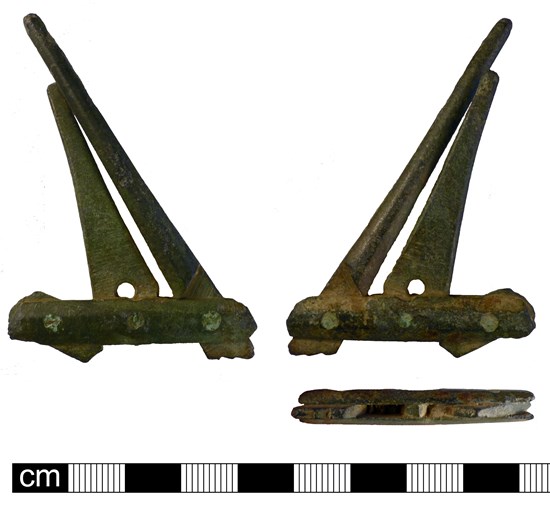With the odd exception, we take for granted in today’s world that the coinage we use to pay for goods is genuine and up to a standard. In the distant past this was not so. Silver and gold coinage was essentially bullion – a silver penny was made of a pennyworth of silver. Unfortunately, the criminal fraternity would remove thin slivers of metal from the coin edges in a process called clipping.
 Coin design and some very gruesome penalties tried to prevent this activity, but it was rife for many centuries from Roman times onwards. It was only when coins were manufactured by milling rather than striking in the latter part of the 17th century that the process started to decline. Accordingly, since the weight of a coin was critical to its acceptance in the next transaction, traders and the like had a need to weigh coinage and other valuable goods against a known standard.
Coin design and some very gruesome penalties tried to prevent this activity, but it was rife for many centuries from Roman times onwards. It was only when coins were manufactured by milling rather than striking in the latter part of the 17th century that the process started to decline. Accordingly, since the weight of a coin was critical to its acceptance in the next transaction, traders and the like had a need to weigh coinage and other valuable goods against a known standard.
This month’s find then is a medieval folding balance used for just such a purpose. It was found by a metal detectorist in a ploughed field. (See find reference NMS-EE36EB).
Unfortunately, as is the case for many artefacts found on cultivated land it is rather damaged, but one of the two folding arms is almost fully intact, as is the central pointer. The two arms when folded out would have had balance pans attached to loops at their ends to contain the standard and the coin or goods being checked.
 The balance pointer would indicate the degree of equilibrium. The lower image shows a more complete example that gives a better idea as to how it was configured. The balance dates from circa 1300-1400 and you can just imagine some of the animated and colourful discussions that may have taken place in its near vicinity over its long history!
The balance pointer would indicate the degree of equilibrium. The lower image shows a more complete example that gives a better idea as to how it was configured. The balance dates from circa 1300-1400 and you can just imagine some of the animated and colourful discussions that may have taken place in its near vicinity over its long history!